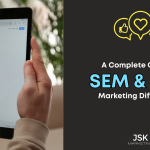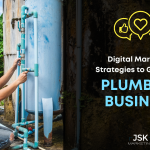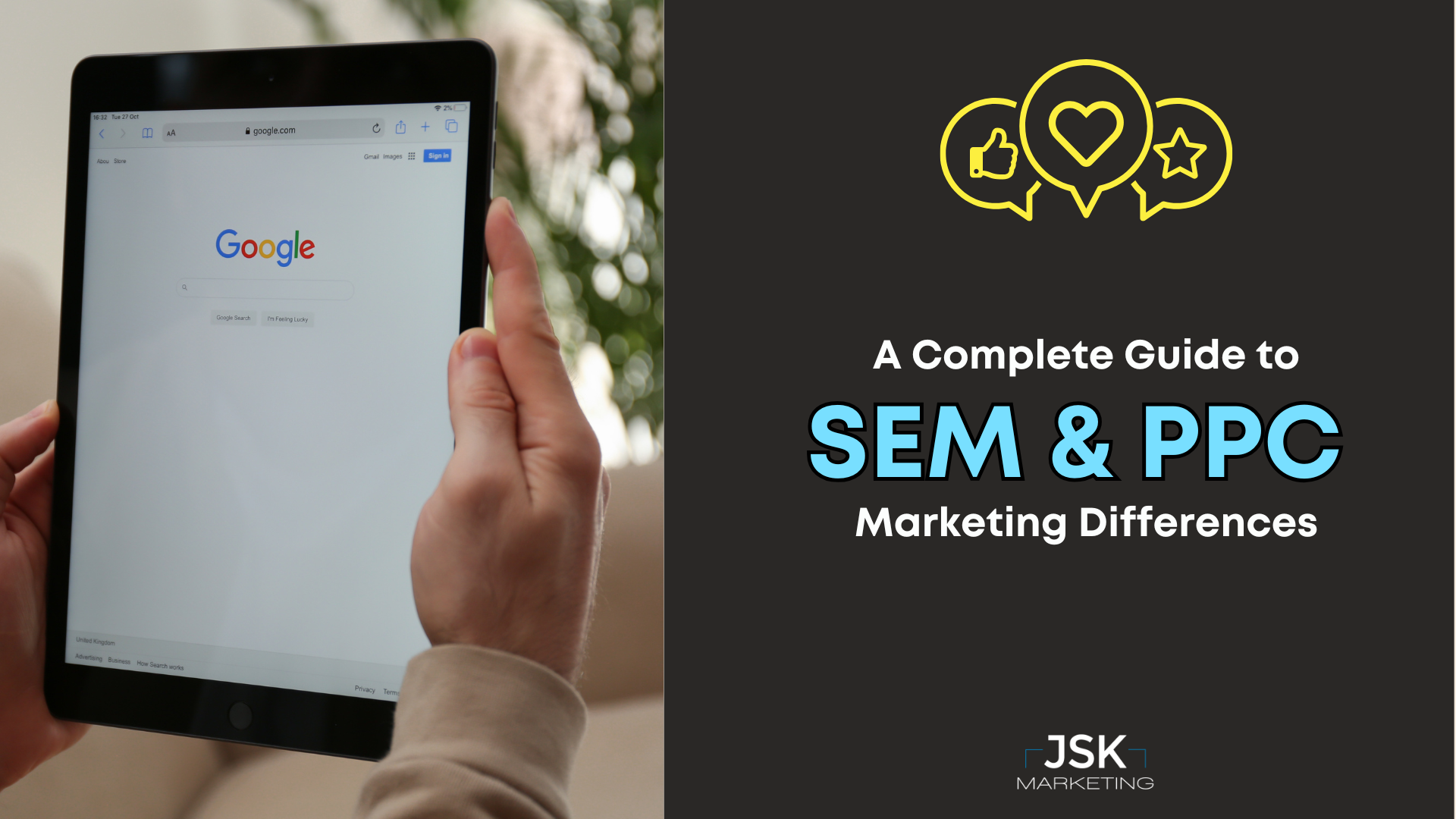
A recent statistic should serve as a wake-up call for B2B marketers to begin rethinking their overall marketing strategies. Over the past year and a half, a lot of shifts and changes in marketing have taken place due to the global pandemic. According to a recent study by Ehrenberg-Bass for the LinkedIn B2B Institute, up to 95% of B2B buyers are not currently in the market for your products, with most companies changing their providers of B2B services every five years or so. If that leaves a really small percentage of buyers actually in the market for those services in a given year and 5% in a given quarter, what changes need to take place in order to ensure long-term growth for your brand when short-term sales activation tactics no longer or rarely work?
Invest in Building Your Brand
In a paper by Les Binet and Peter Field for LinkedIn’s B2B Institute, the ultimate B2B marketing strategy is spending 46% on long-term brand marketing, and 54% short-term activation marketing. With the recent shift in dynamics due to the global pandemic challenging brands to stay visible and reliable, the shift has moved more towards 60% brand verses 40% activation. How do you find the right balance between brand and demand? It’s time to shift your marketing lens to a more long-term approach and really invest in building your brand’s message at an emotional level to create long-term memories that ultimately influence purchase decisions long after an ad is run.
Build Your Brand by Connecting with Emotions and Growing Your Voice
“There aren’t that many business clients that will say ‘You know what, I’m comfortable signing a contract with a company that I’ve hardly ever heard of before.” – Professor John Dawes, Ehrenberg-Bass Institute.
When it comes to building your brand, tapping into your audience on an emotional level can create lasting memories that influence a purchase decision long after an ad is seen. These emotions are also critical in remaining at the top of your audience’s mind. Binet and Field offer these two concepts around buyer behavior:
- The Availability Heuristic: Most of your buyers are not ready to make a move immediately, but they will eventually. How will your brand be the first to come to mind?
- The Affect Heuristic: Does the thought of your brand spark positive thoughts?
Your buyers are already looking to connect on an emotional level when it comes to purchase decisions and solutions. If you can connect to these emotions in the correct way, you can improve the way your company is perceived in the long run.
The success of building your brand and relevant content marketing also relies on reaching a broader audience to grow your voice. While a lot of companies want to focus on a narrow range of buyers, research by Binet and Field shows that the key to growing your business and is your share of voice. Your business cannot grow without reaching more customers.
How to Play the Long Game
It’s crucial to find a balance between demand marketing that drives short-term growth and brand marketing that drives long-term growth. Demand marketing builds urgency and excites buyers into taking action, while brand marketing builds memorable links between your brand and relevant buying situations. This creates a virtuous loop, allowing stronger brands to drive better responses, leading to more revenue in the long-term, and ultimately enables further brand building.
By investing in building your brand by connecting with emotions, growing your voice, and finding that balance between long-term brand strategy and short-term growth, your company can be well on its way to a successful, long-term marketing strategy that is sure to improve your brand’s future position today.
JSK Marketing is here to help every step of the way! We are ready to help access your current brand and marketing strategies and partner with your small business to build an effective brand identity that ensures long-term success. Contact us today to get started!




